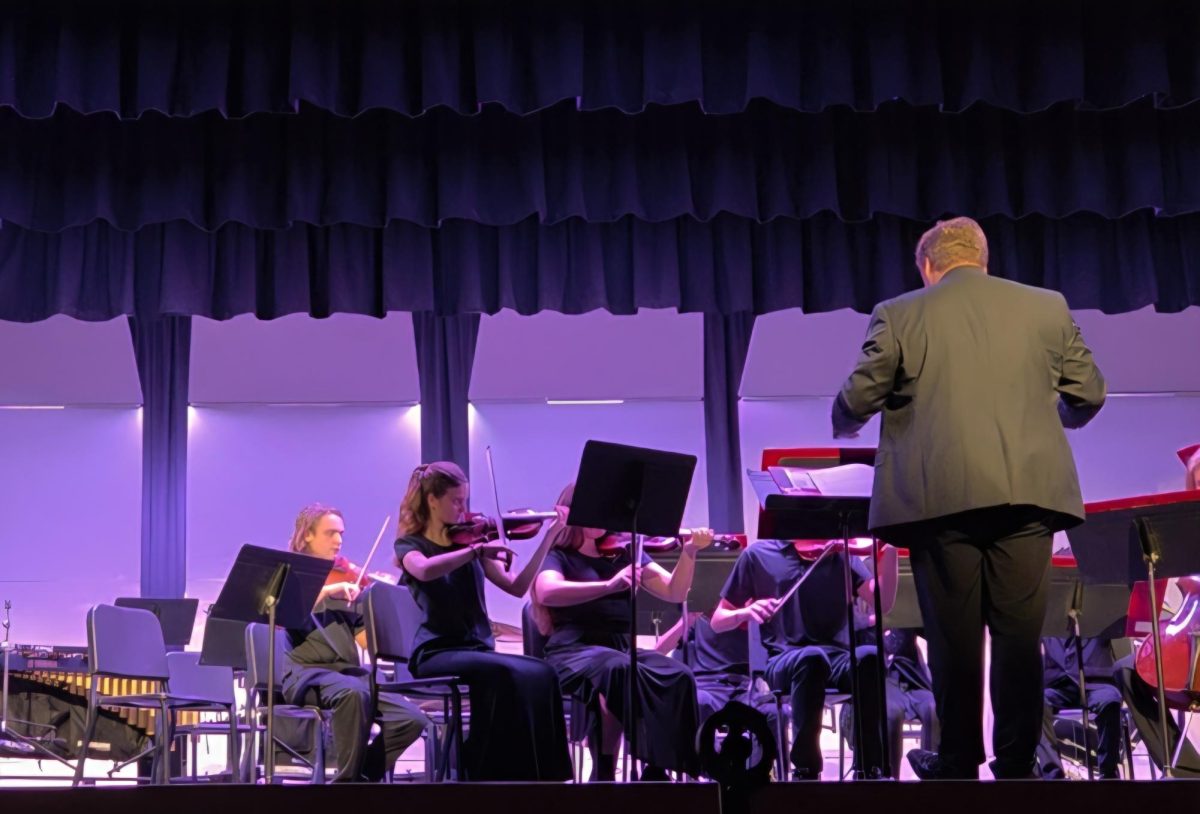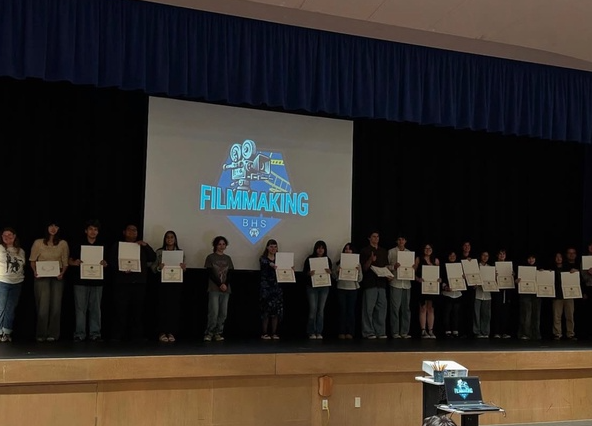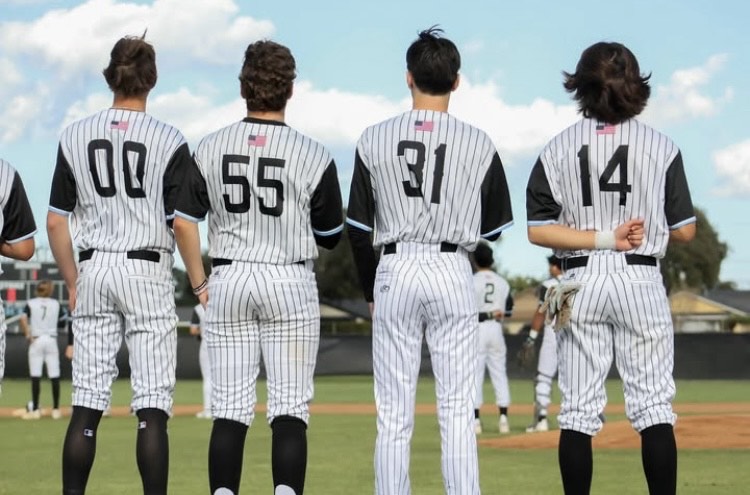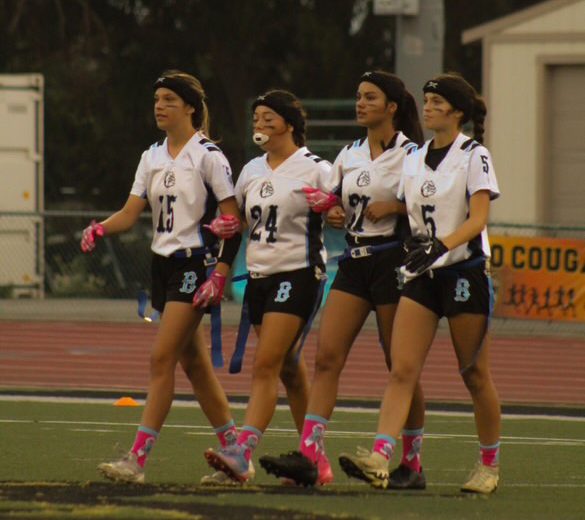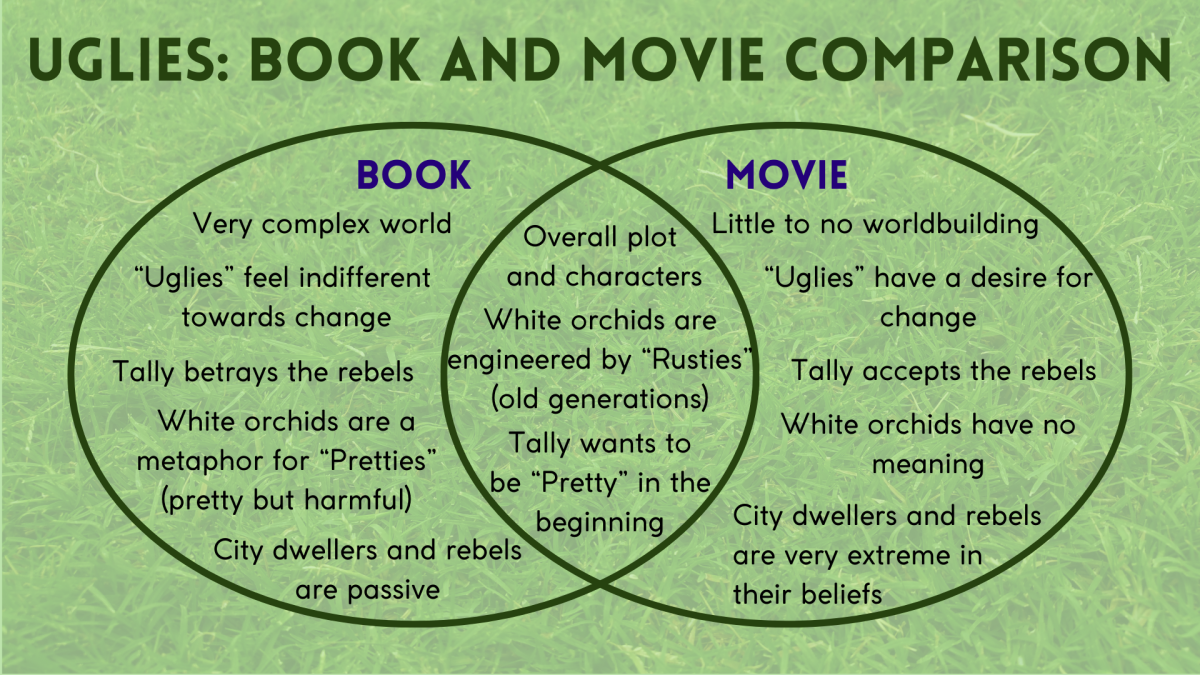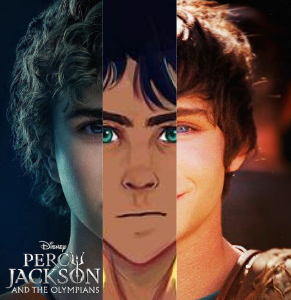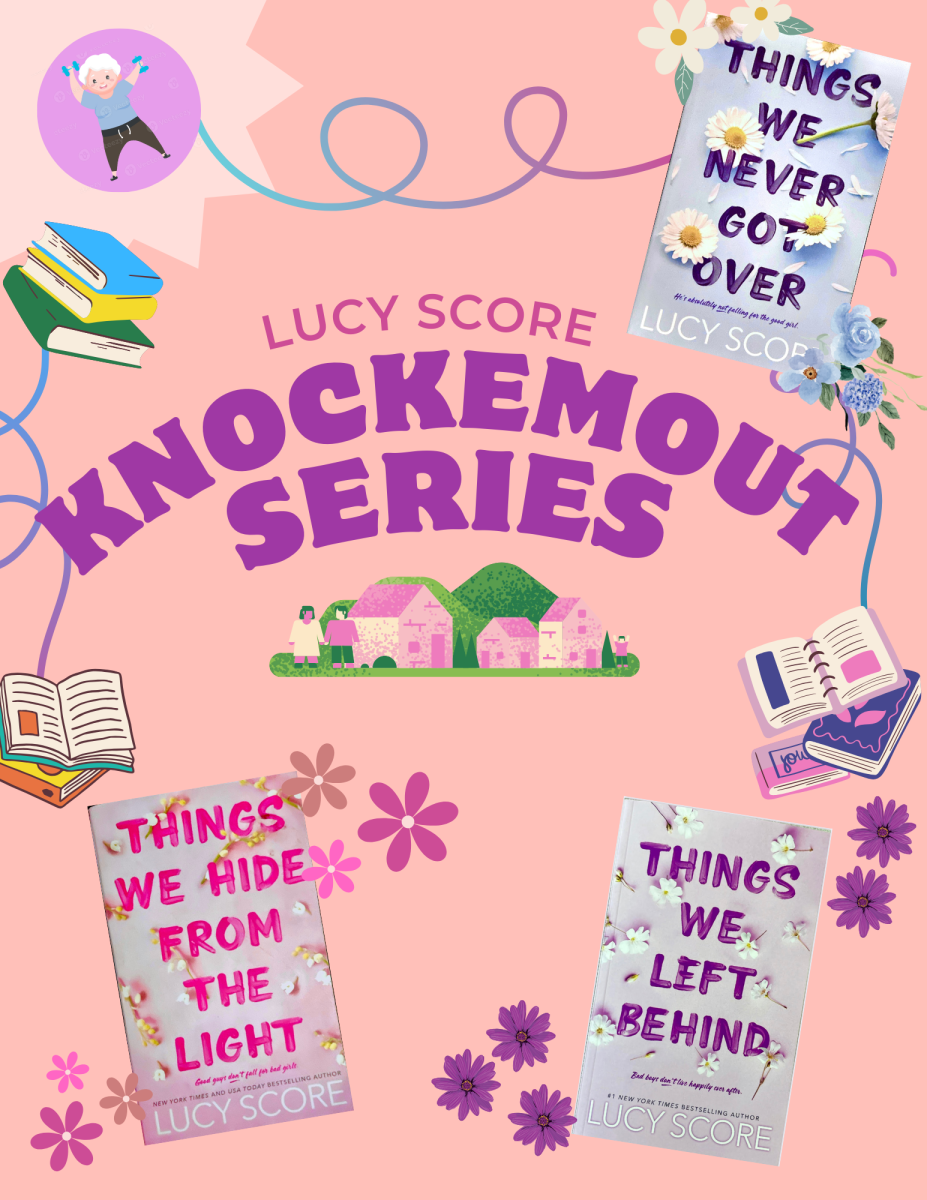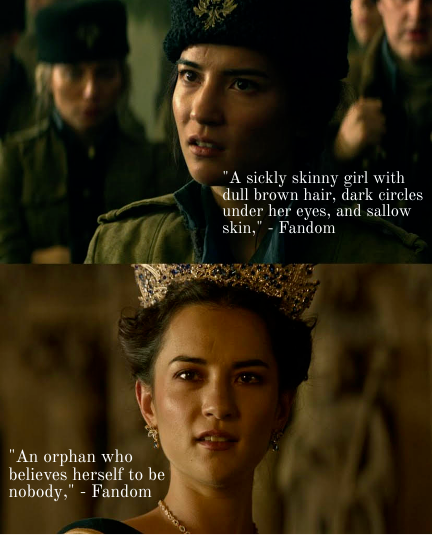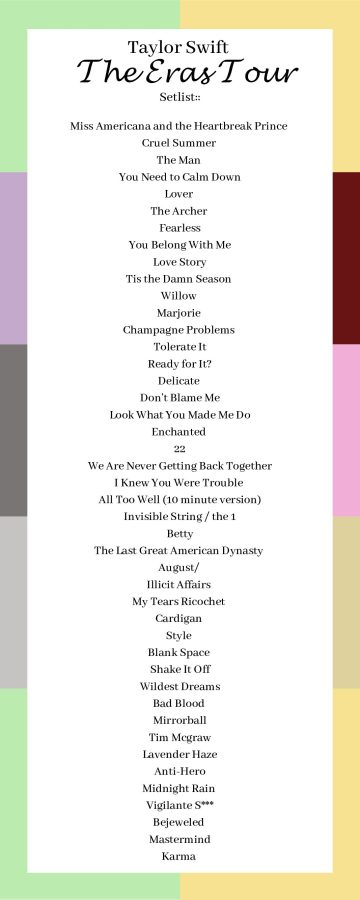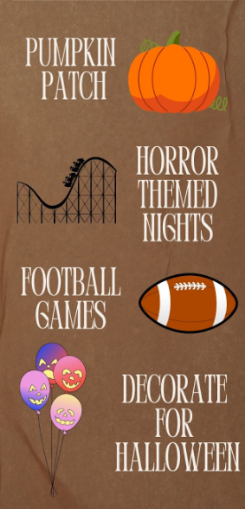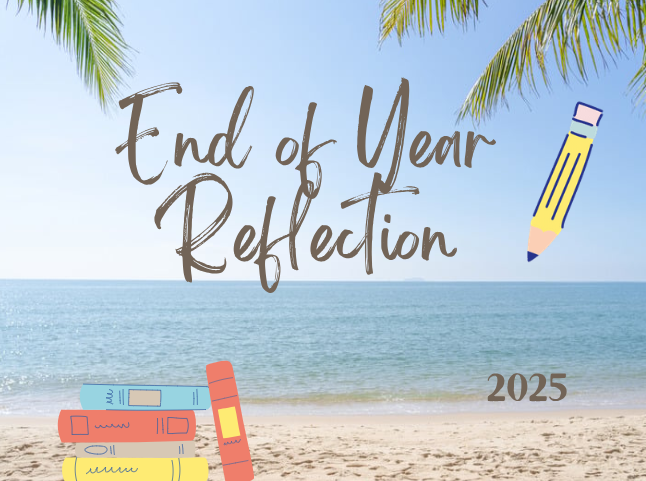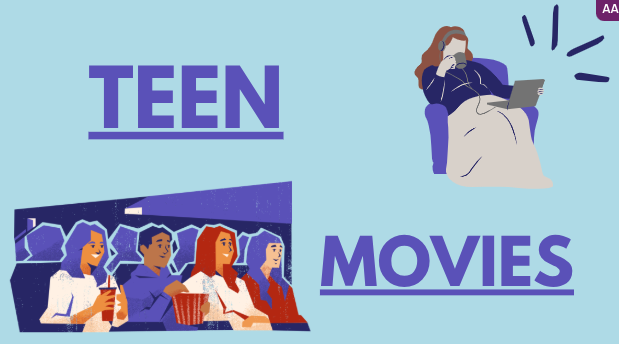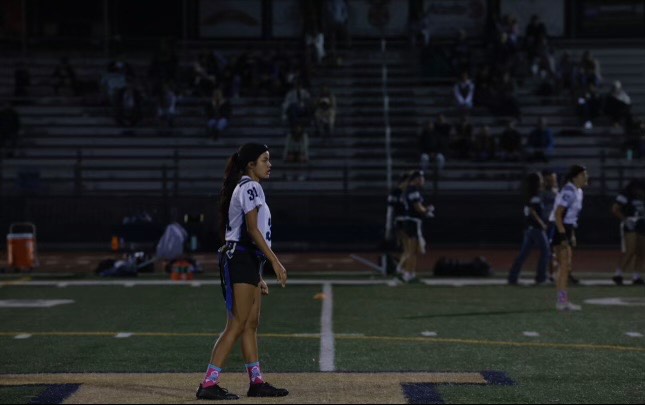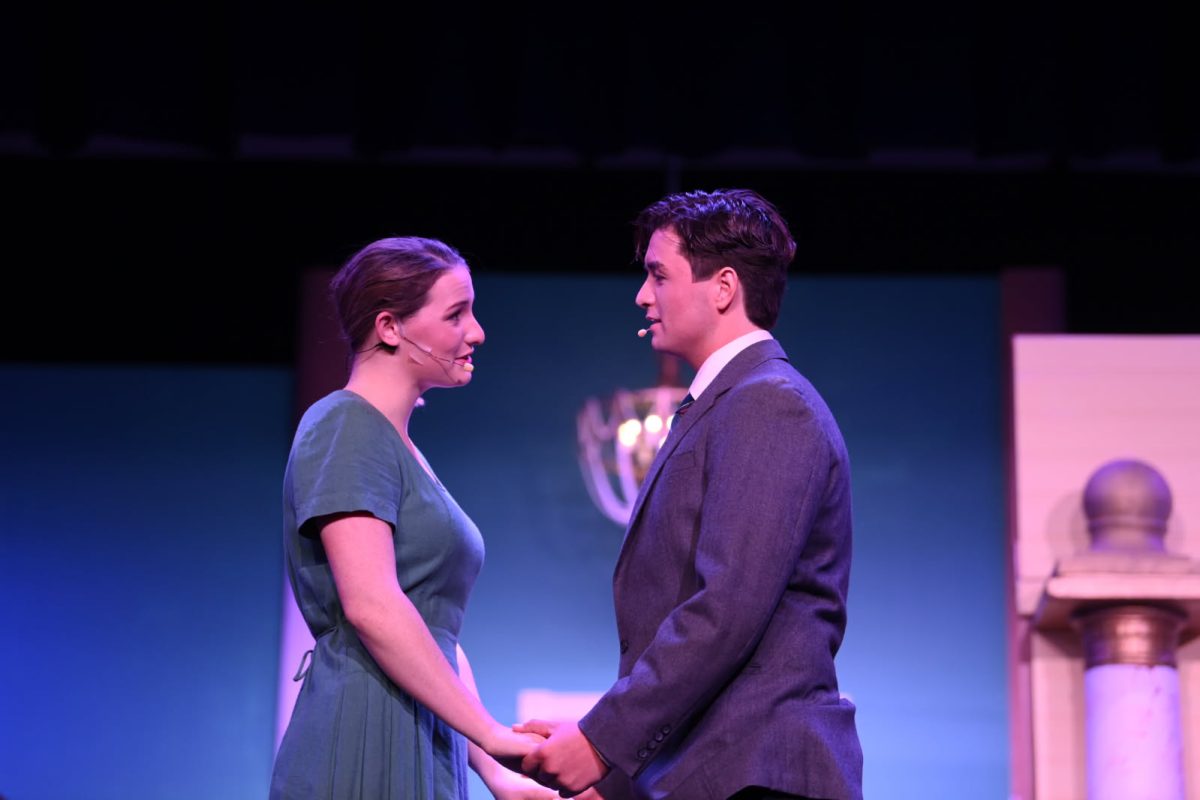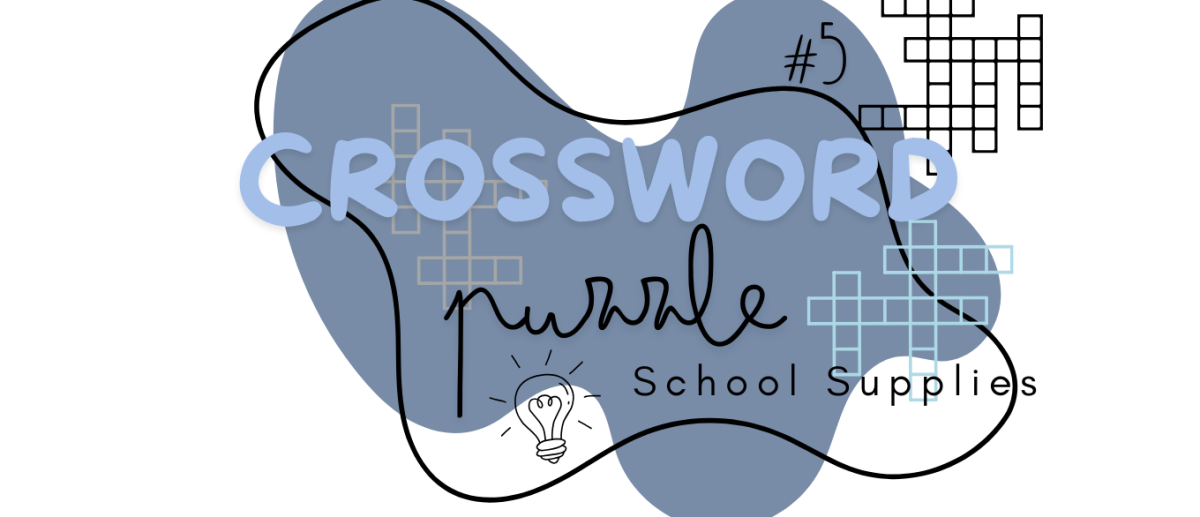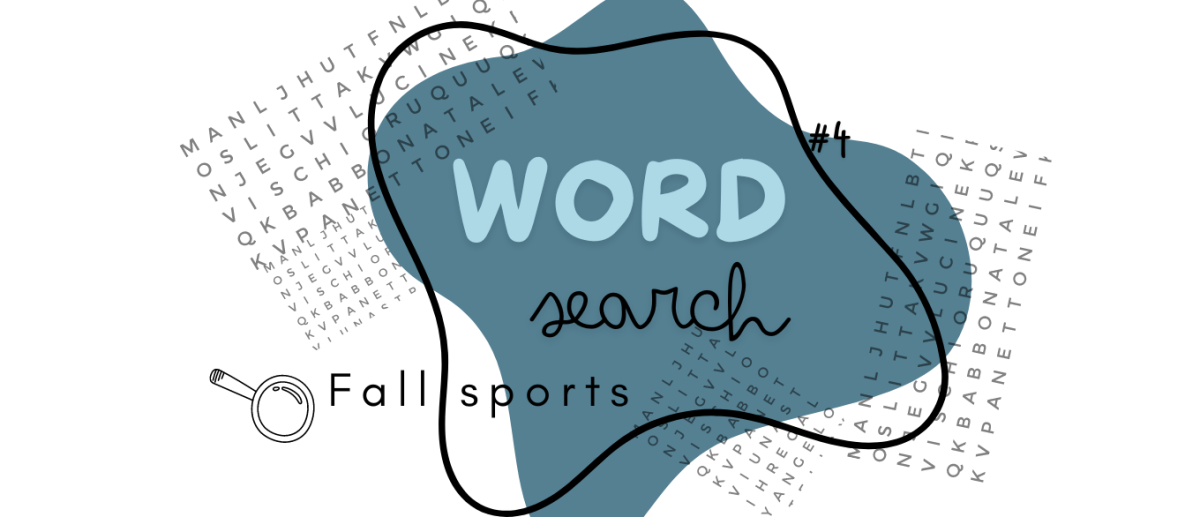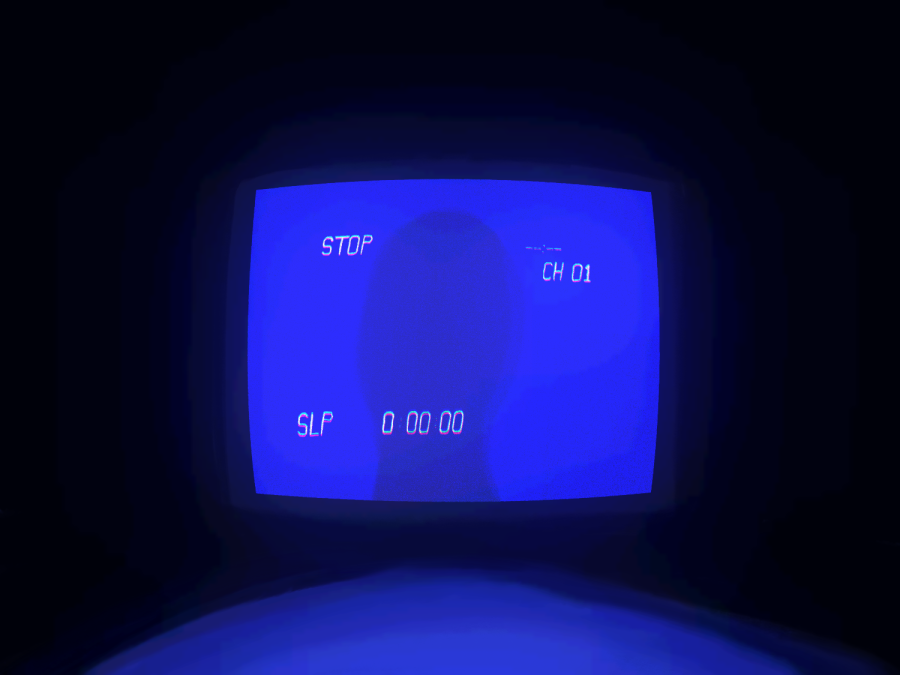The wild west of internet unfiction horror
PLEASE STAND BY. Analog horror is one of the latest forms of horror to trend, gaining more attention within the last few years. The genre is known for its grainy visuals and audio that are based on analog technology like CRT televisions. The illustration shows the blue screen that appears on a VCR before inserting a video tape.
February 24, 2023
CONTENT WARNING – Media that contains violence, self-harm, and other horrific imagery is mentioned and linked to.
A new horror film, Skinamarink, released Jan 13. has brought attention back to analog horror, a genre characterized by grainy footage and analog devices. It is part of the larger genre known as internet “unfiction” horror. In the early days of the internet, fictional horror stories often directly followed folklore and were pieces of “unfiction”, a fictional story posing as reality.
When the internet was still being constructed, it was easier to run into shock sites, a website with the intention to be offensive or disturbing to viewers, or internet trolls who deliberately posted gore to get a reaction. Most interactions were anonymous, adding to the belief that some of these apparent first hand experiences could be real. The stories were often spread through chain emails, similar to chain letters, which threatened people in some way if they did not forward the story to a set amount of other people.
An example of early internet horror was the rise of creepypastas, internet horror stories such as Ted the Caver. These stories always had realistic elements to tie in with the horror, but some, like Polybius and the Bunny Man were further developed folktales adapted to fit the new age of the internet.
In the 2018 book Slender Man Is Coming: Creepypasta and Contemporary Legends on the Internet, and in the section Slender Man H P Lovecraft and the Dynamics of Horror Cultures, Timothy H. Evans, associate Professor of Folk studies, describes how internet horror cultures “have many of the characteristics of pre-internet horror cultures,” but are quickly changed that complicates the mystical relationship between a “playful creation of fiction.”
It is this interplay between the internet and folklore which unfiction horror perpetuates. With the example of Slenderman, we saw a mythological creature being spread exclusively throughout the internet originating from an edited image. Slenderman became so popular through the internet with found footage videos entirely to the point of being in mainstream media with Slenderman getting a movie adaptation. In addition Evans describes a comparison between H. P. Lovecraft’s time with literature to the internet where mixed media is used.
But creepypastas are a thing of the past, analog horror is the latest form of unfiction horror that has started trending. The genre is characterized with an aesthetic of 1960s analog media, using grainy visuals and audio. The idea is to give the viewer the feeling that they came upon mysterious tapes that tell a horrifying but true tale. The YouTube series Local 58 presents itself as a news channel in a world where an extraterrestrial threat is attacking Earth. Another YouTube series, The Mandela Catalogue, is a mixture of phone calls, police reports, government programming, and images and footage of creatures called alternates, taking inspiration from skinwalkers and their ability to change their form, in order to give viewers the impression that what is shown in the videos is real.
A lot of the trendy forms of internet unfiction tend to be fairly accessible for creators. While they can be more complex, alternate reality games, like The Sun Vanished, only use Twitter accounts to tell their stories. A creepypasta can be written by any digital means and uploaded to the internet. Analog horror is no different. Remy Abode, the alias used by the creator of the series Gemini Home Entertainment, explains their process of entering the analog horror scene in an interview from F Newsmagazine by Nestor Kok.
“I think the format of analog horror is very ‘newbie’-friendly,” Abode said. “You can create an entire short film without recording a single video or snapping a single photo.”
While the analog style can add to the setting of the story, it can, as Abode said in the same interview, “disguise choppy VFX shots underneath a layer of static.” The low fidelity that the style is known for helps amateur creators get around issues with a lower budget or skill set.
The genre is still growing, and it is bleeding into more traditional ways of viewing media. Skinamarink is a horror film that tookinspiration from analog horror and held a budget of $15,000. It began with a proof of concept video titled Heck on the YouTube channel Bitesized Nightmares. After Skinamarink was shown at several film festivals, it gained a lot of traction on social media after the movie was leaked. AMC Networks later acquired the film, releasing it to theaters before putting it on their streaming service, Shudder.
Although analog horror as a trend is relatively new, only gaining more attention within the last few years, the release of Skinamarink is proof of the genre breaking into the mainstream, just as creepypasta had before. As we observe that, we can see that analog horror at what is possibly its peak in popularity. Whether or not the trend carries on or the internet moves to find the next big thing, only time will tell.

